In 1903, the inventor Julius Neubronner decided on an unprecedented experiment to combine the dove and the photographic camera. To do this, the innovator equips birds of automatic camera. Reducing the size of the camera, Julius puts them on pigeon chest. Despite maximally lightweight design of the apparatus, the birds could not fly at a height above 100 metres. Pneumatic system was allowed to make the pictures clear, offsetting the fluttering dove body in flight. Five years after the invention of Neubronner received a patent "Method and means for photographing the landscape from above." The greatest recognition of the inventor has made in 1909, during the International exhibition in Dresden. Visitors were able to experience firsthand how pigeons cyborgs come with cameras on the chest to the inventor, the negatives were immediately apparent, was printed and then sold.
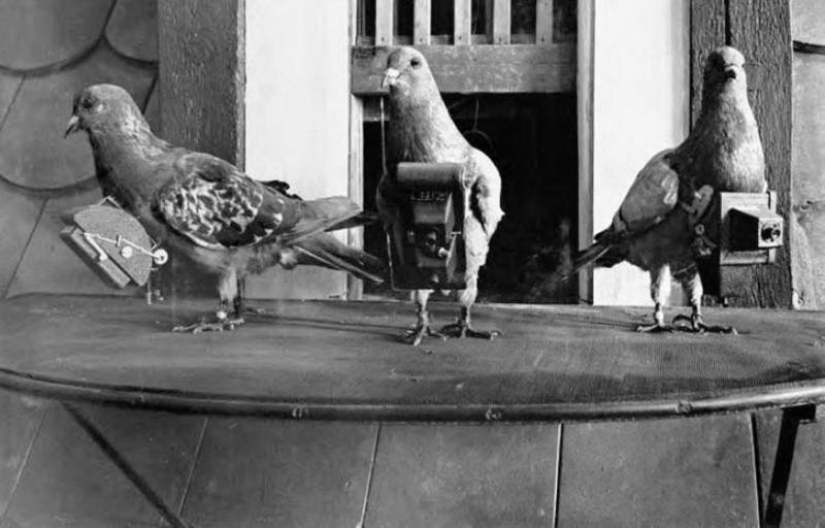
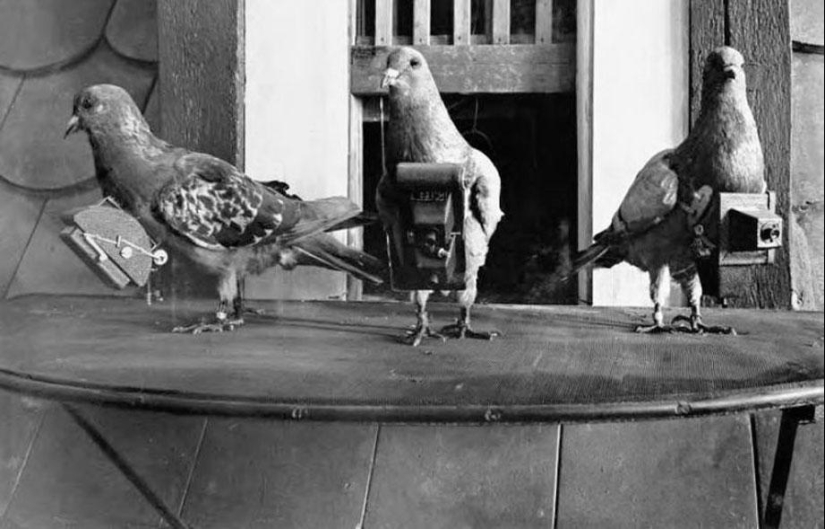
Pigeons cyborgs Julius Neubronner (1903)
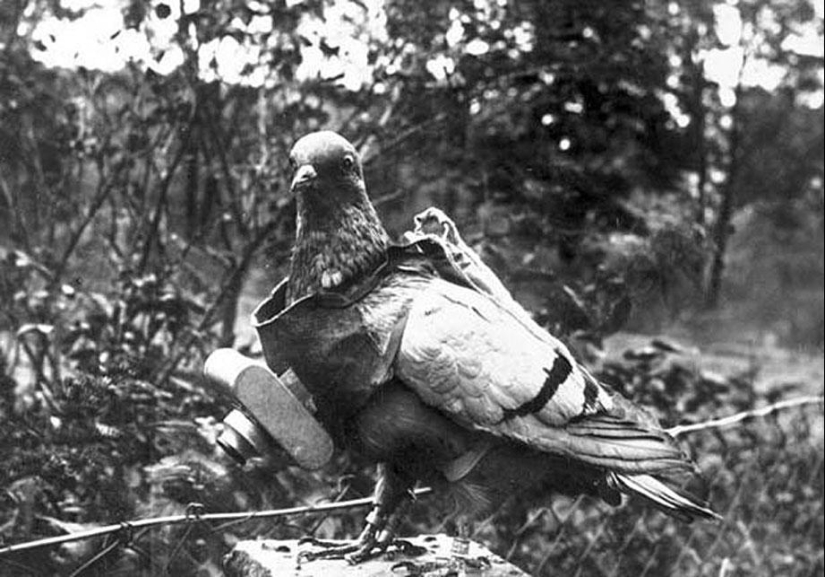
Veteran innovative photography — pigeon, Frankie, has made about forty departures (1907)
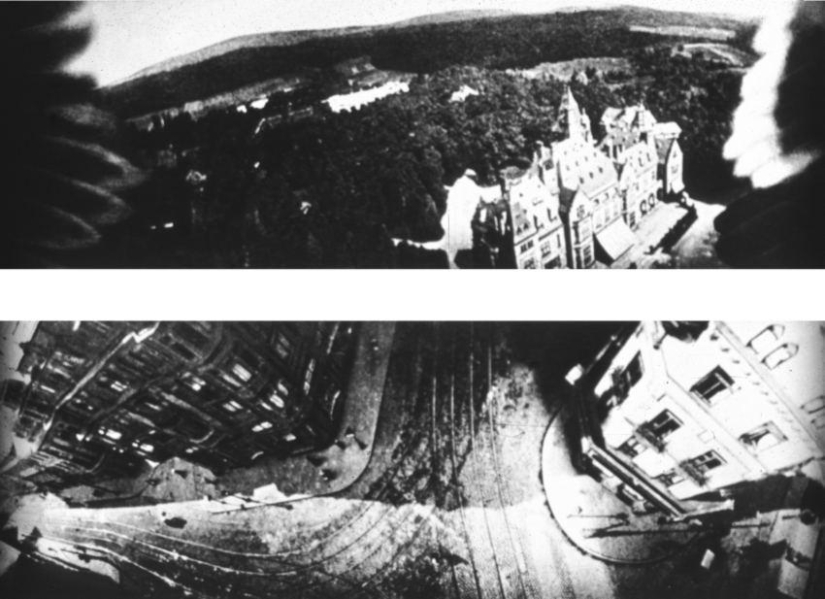
Depicted landscapes from the height of bird flight
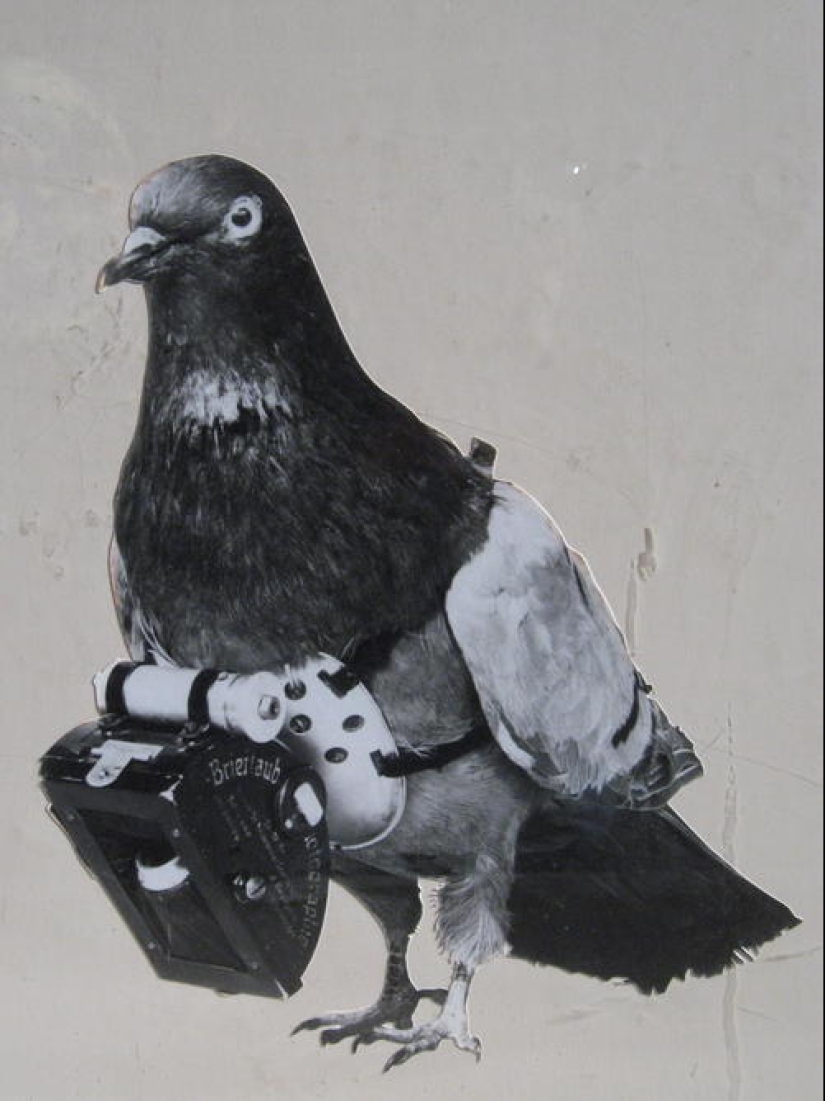
Advanced shooting (1908)
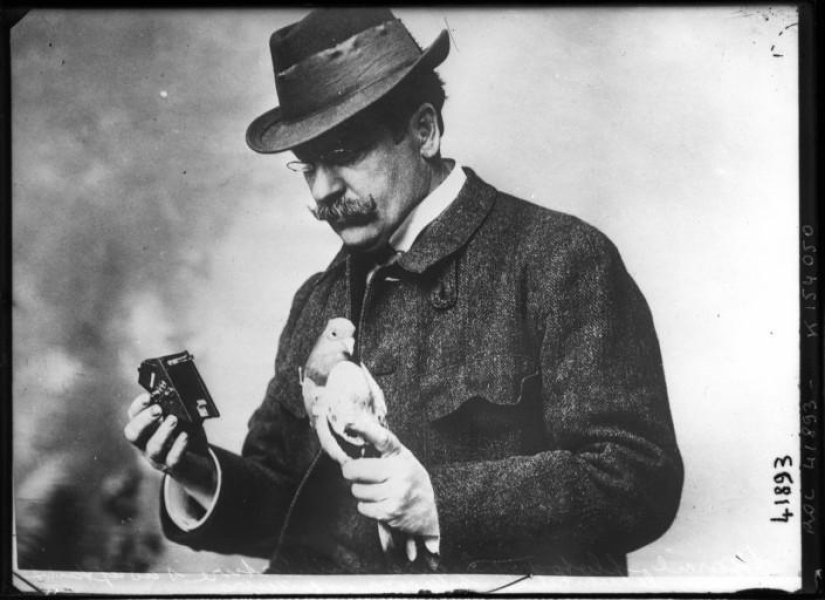
Inventor Julius Neubronner takes clocked pigeon camera (1909)
Keywords: Animals | Files | Camera | Aerial photography | 20th century | Pigeon
Post News ArticleRecent articles

There are dolls very similar to living people. And there are so realistic that their appearance can only be explained by magic. ...

Japan is deservedly considered one of the safest countries in the world. Even organized crime there has a "human face" ...
Related articles

Nature is infinitely creative, but sometimes she's so like his own creation, she decides to repeat their children. Prikosatsya ...

Yes, Pets benefit our health and it is proven by science. Their very existence certainly makes us happier, but also prolongs life. ...

A series of works by photographer Brian VILS from new York, dedicated to girls, sheltered the homeless and abandoned cats. 'brien ...

Famous British photographer Bob Carlos Clarke was born in an Irish corps in 1950. In 1969 he moved to England to study art and ...